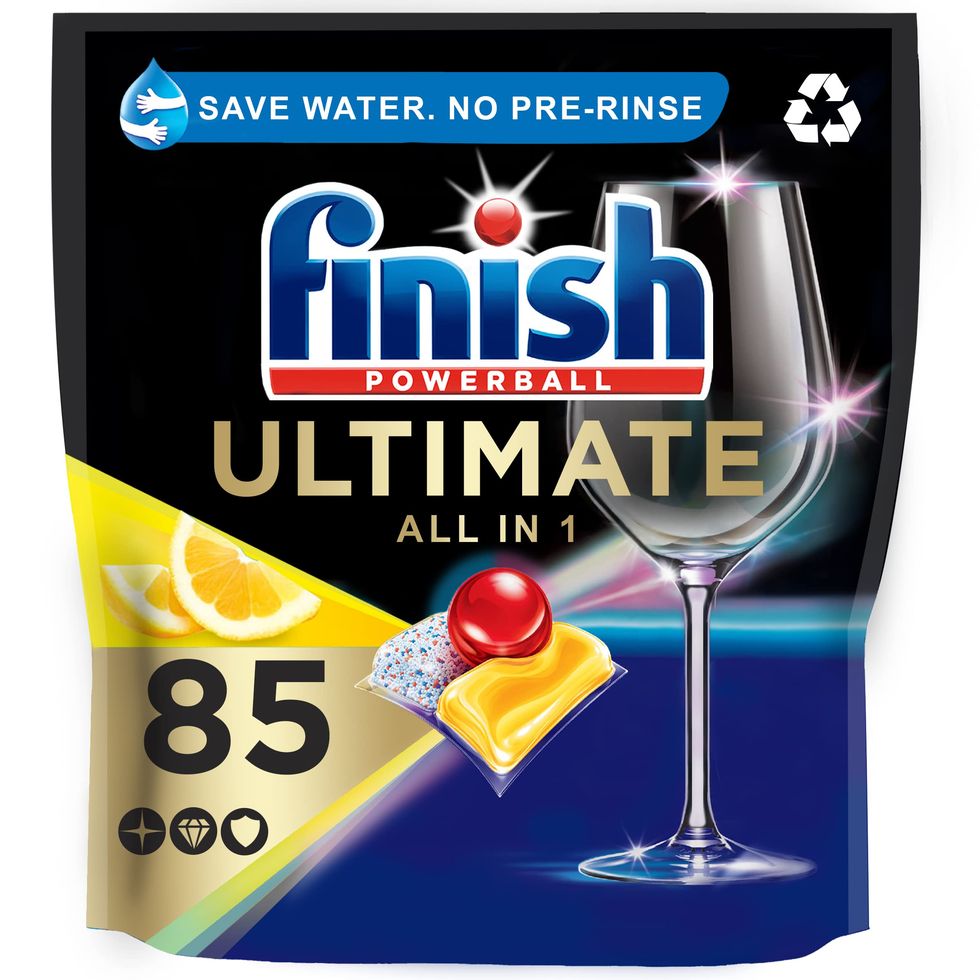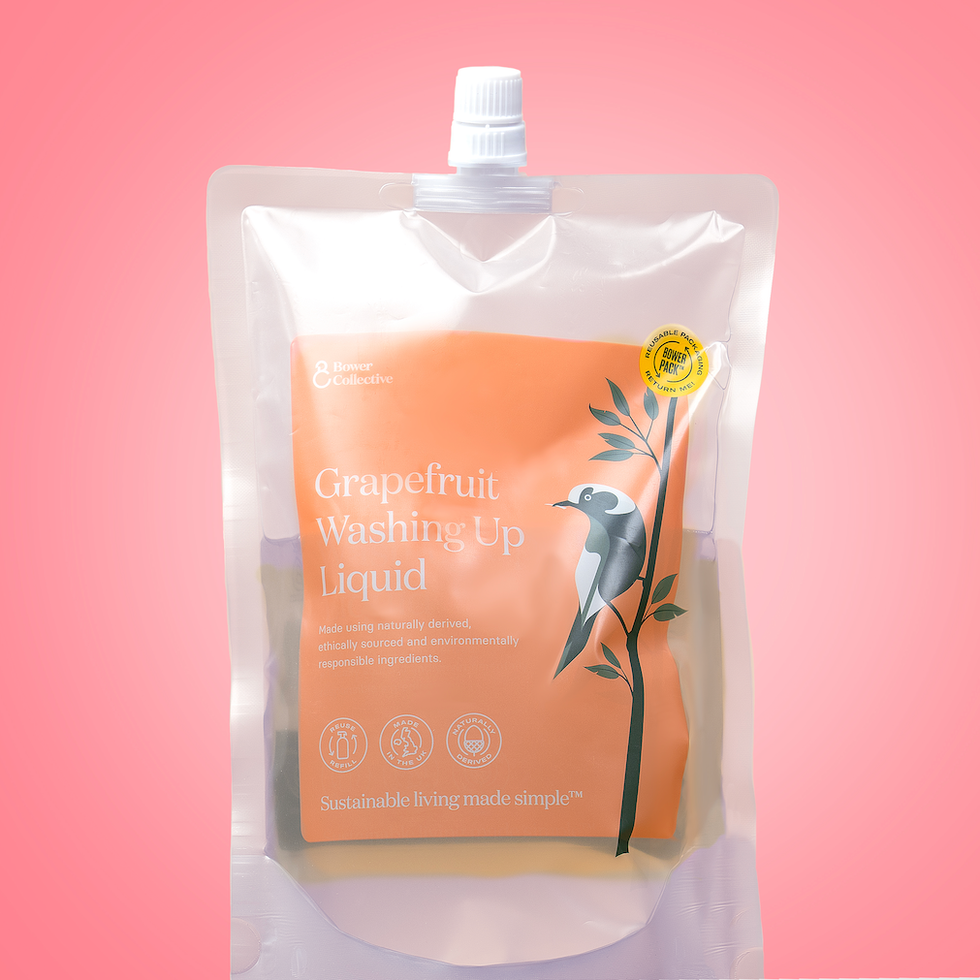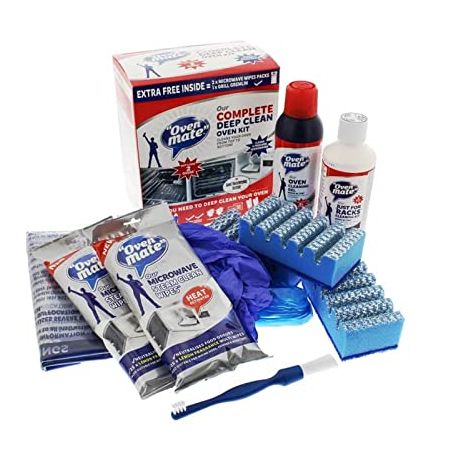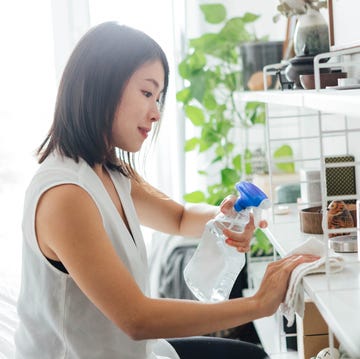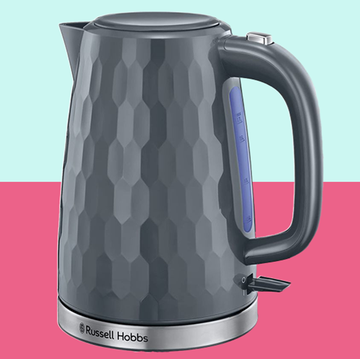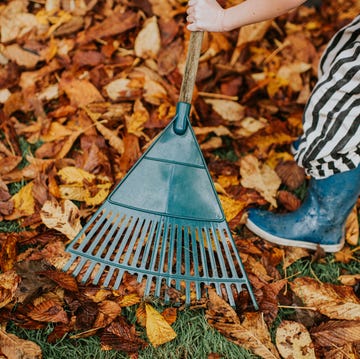It might seem counterintuitive, but the very items we rely on to clean our kitchens, like sponges, dishcloths and scrub wands, are often some of our grimiest. They might be spreading more than just soap around our homes.
The tricky part? Knowing what needs a proper wash, what’s destined for the bin, and when exactly to take action. After all, if something’s still kind of doing the job, it’s easy to assume it’s fine. But hang on to cleaning tools for too long, and you could be spreading bacteria instead of busting it.
Here’s your guide to what to clean, when to clean it, and when to finally let go – to keep your home safe from all the nasties, and so you can enjoy your culinary masterpieces with peace of mind.
What to read next
Sponges
These washing-up warriors are constantly damp and often coated in food debris, so it should come as no surprise that they’re the perfect breeding ground for bacteria. In short: unless you’re cleaning them regularly, you’re probably spreading germs over your plates and utensils, rather than banishing them. According to the experts at the Good Housekeeping Institute, kitchen sponges should ideally be replaced or thoroughly washed at least once a week.
The good news? Many sponges and cloths are machine washable (check the care label). Silicone sponges, for instance, can usually go in the dishwasher. If you’re using a sponge wand, aim to replace the head every one to two weeks, especially if it starts to smell or fall apart. And don’t forget: always rinse out as much water as possible and store your sponge somewhere clean and dry between uses, to help it last longer and stay fresher. When parts of the sponge begin to fray or fall off, then you know it’s time to part ways.
Tea towels
Whether it’s drying dishes, wiping up spills, covering food or even doubling as an emergency oven glove, the humble tea towel is one of the hardest-working items in the kitchen. But with great responsibility comes great… grime.
The Food Standards Agency recommends changing your tea towel at least once a week, but in busy households, or if you’re using them multiple times a day, a daily wash or swap for a fresh one is ideal. That’s because tea towels can harbour some seriously nasty bacteria, including E. coli, Salmonella and Campylobacter, all of which can lead to food poisoning if allowed to spread.
Dampness, food residue and repeated use only make matters worse, so it’s best to keep a few tea towels on rotation and reach for a clean one the moment it feels damp, starts to smell or looks grubby. Your dishes, and your digestive system, will thank you. In the long-term, how long your tea towel will last you is based on how well you treat it. If you avoid tears, burns and stains, you should have your cloth sous chef for many years to come.
Mop heads
Your mop might be tackling grime, but if its head is past its prime, you could be spreading more mess than you’re cleaning up.
According to Vileda, good practice is to wash your mop head after every other use. Many models are washing machine-friendly – just check the care label first. To keep it fresher for longer, make sure your mop dries completely before storing it. A soggy mop head left to stew in a cupboard? A recipe for mildew.
As a general rule, mop heads should be replaced between three and six months, but this depends on how often you use them, what kind you have, and how well you care for them. Microfibre mop heads tend to last longer than traditional cotton or string versions, which can wear out more quickly and hold on to smells – these should be replaced every two to three months. Look out for the telltale signs: fraying, discolouration, lingering odours or a noticeable drop in absorbency.
Washing-up gloves
Rubber gloves, washing-up gloves, Marigolds – whatever you call them, chances are you’re not cleaning them nearly as often as you should. While it’s tempting to just peel them off and move on, gloves need a proper clean after every single use. A simple trick I use? Wash your gloved hands just like you’d wash your actual hands: with warm, soapy water, making sure to get into every nook and cranny. That means cleaning both the outside and the inside.
It’s also crucial to keep dedicated pairs for different areas of the home. Because using the same gloves for scrubbing the loo and cleaning the dishes? That’s a recipe for stomach-churning cross-contamination. Once washed, let gloves dry thoroughly before storing them to stop bacteria from setting up camp inside. And when they start to fade or lose their integrity, it’s time to swap them out for a fresh pair.
Oven gloves
It’s incredibly important to know how to care for these, as they’re quite literally the one thing standing between you and burns. While I can appreciate letting a couple of spills and splashes slide here and there, washing your oven gloves every time they come directly into contact with food and food debris is essential, to avoid spreading bacteria and mould, and to help your mitts last longer. As someone who somehow manages to put her thumb in about every casserole dish I’ve ever touched, I wash mine a lot.
But if you’re not quite as clumsy as me (lucky you), then a weekly wash alongside your tea towels should be just the ticket. Just make sure to check the care label – while most oven gloves will be machine washable, more elaborate designs or silicone types may require a bit more attention.
Replacement is necessary when they’re torn, stained, no longer soft or their insulating ability is compromised due to grease or moisture buildup. This one is not just a case of cleanliness, it’s also about your safety, too. If you’re starting to feel the heat, chuck them.
Bins
Okay, yes, by their nature, bins are dirty. But this is no excuse for allowing a column of germs to hold court in the middle of the room where we prepare all of our meals.
Bins should be cleaned once a week. Yes, once a week. The GHI recommends wiping them down with a disinfectant wipe or spray several times a week in order to make this less of an ordeal and to stay on top of the buildup. As a habit, I like to give my kitchen bin a clean whenever I empty it.
For seriously gruesome cases, take it outside and give it a blast with the hose to loosen the worst of the gunk. No garden? No problem – the bathtub or shower tray works just as well – just maybe give that a clean afterwards, too. Then spray the inside with a good multipurpose disinfectant and get in there with a brush if things are really clinging on. Rinse it out, then leave it to dry with the lid off. If yours isn’t stainless steel, don’t forget the outside: a quick spritz with disinfectant and a wipe-down will leave it looking (and smelling) far more respectable.
According to bin manufacturer Wesco, you can check with manufacturers for the recommended life span of their bin, but essentially, as long as you keep it clean, and if it still does the job of a bin, then it’s still a bin.
Brushes & brooms
Brushes and brooms are one of the longest-lasting household essentials. They only really need replacing when you start to notice the bristles thinning or falling off. As long as you clean them regularly and properly, that is.
You should be giving your brushes and brooms a smarten up after every use. Go in and remove loose debris by banging against a solid surface and or by combing out the bristles. Otherwise, next time you use it, you’ll simply be dragging more muck around the room.
For a more thorough clean, I recommend giving brushes a monthly bath. Soak the bristles in warm, soapy water, using a mild detergent such as washing-up liquid and allowing them to air dry fully before storing away.
Microfibre cloths
Another highly absorbent product that we use to wipe down pretty much every surface in our home, these handy clothes are great for cleaning – but they’re also great at holding on to grime. These wonder products are made up of tiny split fibres that create a large surface area, designed to help them effectively grab and hold on to dust, dirt and bacteria. Clean surfaces, dirty cloth.
Like many of the products on the list, because they need cleaning so often, I like to have a couple in rotation, swapping them out every other day (or more often, if you’re cleaning up any standout messes). Then I chuck them all in one big washing machine load at the end of the week, every week. If you only have one cloth, make sure you’re cleaning it two to three times a week, depending on use (again, make sure you use different cloths for different areas of the home). Microfibre cloths can last for years, but replace them sooner if they start fraying, fading or are no longer picking up dirt as well as they used to.










